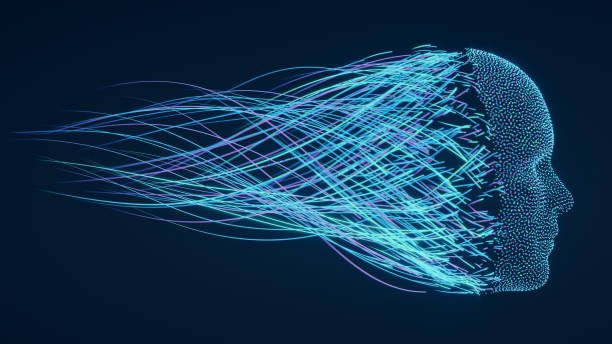
Recent advancements in artificial intelligence has led to an alarming technology known as DeepFake. DeepFake refers to the use of AI algorithms to create highly authentic fake images and videos which appear authentic. DeepFake is a method of technology that can entertain and be amusing. However there are significant risks and dangers. The article explores the risks of AI-generated images and videos as well as the negative effects they may cause to people, society and national security.
The emergence of DeepFake Technology
Deep fakes and AI technology has gained popularity because of its capability to create convincing and misleading material. With the use of sophisticated algorithms and machine learning methods, AI can manipulate facial expressions, voices, and even body movements in order to produce videos that seem authentic. AI produced videos can serve as a way to show people performing or saying actions have not done before and could lead to severe consequences.
Privacy of individuals is at Risk
One of the most significant threats associated with deep fakes and AI technology is the impact it has on privacy. Being able to fabricate videos, or to superimpose various faces on bodies of other individuals can result in individuals being victimized for harm. DeepFake videos can be utilized to intimidate or defame people by making them appear involved in illicit activities or spreading false information. People who are victims of these videos can endure emotional and psychological effects.
Misinformation and Fake News
Deep fakes and AI is a technology that exacerbates the issue of fake news and misinformation. AI-generated videos and images are able to influence public opinion, mislead public opinion, and promote false narratives. The high level of realism in DeepFake content can make it more difficult to discern between authentic fake or authentic videos. This leads to the loss of trust in media sources. A loss of trust in media sources could lead to serious consequences for democratic values and social harmony.
Politic Manipulation
DeepFake technology can be used to sabotage democratic processes and influence the political landscape. With the help of realistic fake photos and videos of politicians, it becomes feasible to depict them as engaging in unethical or criminal behavior and influence public opinion and destabilizing the stability of governments. Deep fakes and AI can be used as a tool in campaigning to promote fake information, sway democratic decision-making and undermine the foundations of fairness and justice.
National Security Threats
DeepFake poses national security risks as well as personal and social implications. DeepFake videos are able to impersonate high-ranking officials or military personnel, which could lead to confusion, false information, and even triggering conflicts. Being able to make convincing videos to depict sensitive military or intelligence operations can compromise national security and undermine critical decision-making.
Economic and Financial Implications
The risks of DeepFake technology extend to financial and economic sectors also. AI-generated video could be utilized to create fraudulent content including fake interviews with famous business executives or false stock market forecasts. Instabilities in the market, and erosion in trust can all result from this. To safeguard investors and preserve the integrity of financial markets, it's essential to identify and reduce the risk of DeepFake.
Fighting DeepFake Technology
To combat the risks that are posed by DeepFake an integrated approach is needed. Technologies that are focused on the development of robust detection techniques and tools for authentication are vital. Also, increasing awareness among people of all ages of the dangers and consequences of DeepFake is crucial. Education and programs for media literacy initiatives can help individuals become more discerning consumers of online content, and also reduce the effect of misinformation generated by DeepFake.
Bottom Line
DeepFake technology poses a serious threat to personal privacy and stability in society, as well as the political landscape, and national security. Being able to make extremely realistic fake photos and videos could result in serious consequences, leading to reputational damage and influence on public opinion as well as disruption to democratic process. It is imperative for individuals, technology developers, and politicians to collaborate in order to come up with efficient solutions and countermeasures to stop the menace associated with DeepFake technology.